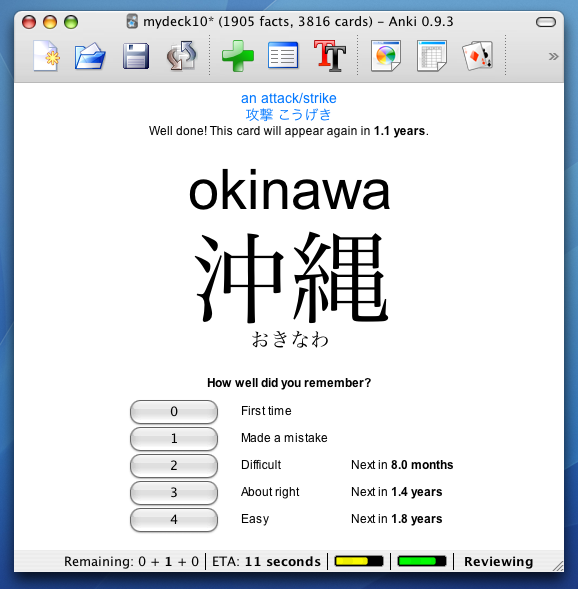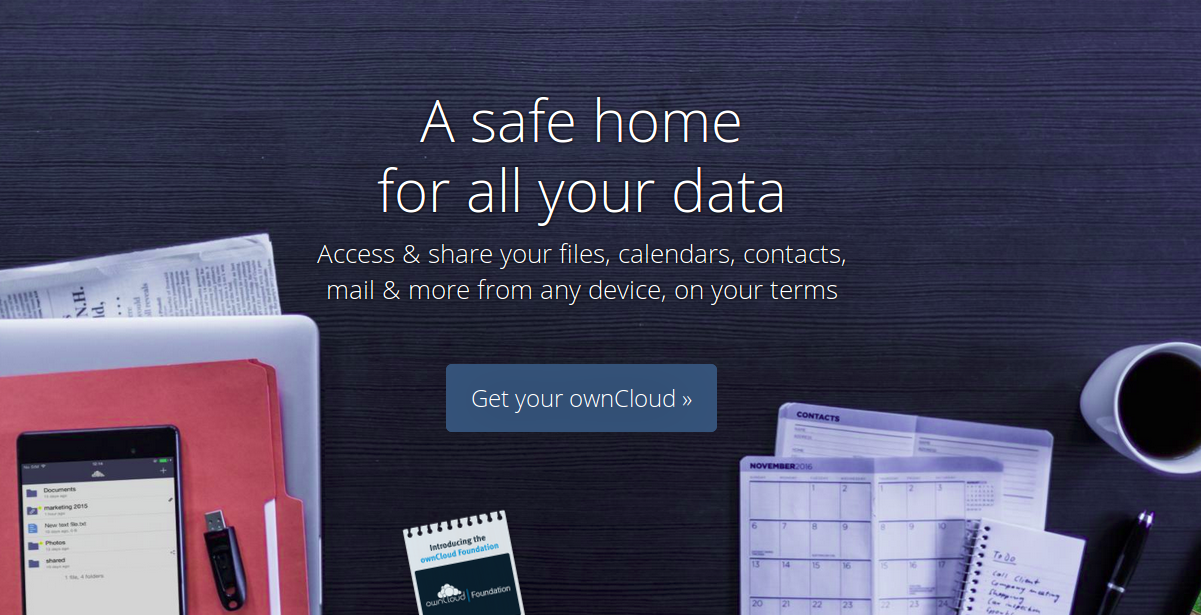This is the second of a short series of posts on the software I use everyday in my work. I already wrote about why I choose free software and what free software I use as a teacher here. Today I would like to focus on free software that I usually get or suggest my students to use.
Free software for students

Moodle LMS: this is one of my absolutely favourites. It is a self-hosted (it means you need to purchase a domain or space on a server to use it) e-learning platform. Imagine Edmodo, but free and giving you all the control. It is used by many universities and institutions all over the world as it is packed with helpful features. I have been using it for two years with my students, and they love it. It is also helpful to organise my lesson plans, share materials and links and to discuss with my students outside the classroom. If your school doesn’t use it, they don’t know what they are missing!

Anki: this is a spaced repetition software that lets you create decks of electronic flashcards. It can be used to memorise anything really, but I found it particularly useful when studying Chinese characters. I now recommend it to my students as a tool for learning vocabulary or useful / sample sentences. You can use it on any computer, as well as on Android and iOS. And you even have an online version that you can use from any device with an Internet connection and a web browser.

OwnCloud: this is the free alternative to Dropbox or Google Drive. It has to be self-hosted, which means you need a server to install it on, but it has the incredible advantage that all the documents you share are not on some giant corporation’s servers. I use it to share files with colleagues and students, to create shared calendars and documents and much more. Again, you can use it on basically any operating system, including mobile devices.
These are the ones I use most commonly. There are many more, some designed specifically for education, so once again I suggest you have a look at the gnu.org website to explore all the possibilities.

Hi again,
I remember you tweeted about Moodle during the #eltchat on technology (the one you wrote the summary for). It’s great to see another English teacher feel enthusiastic about Moodle – I’ve often gotten the impression (on Twitter) that ELT folk find it very complicated. I may be wrong. Anyway, I’ve been teaching in Moodle for the past.. almost four years now, and am a huge fan. It does take a bit of getting used to, and I’m not sure students would get as much out if it if left to their own devices (mine is a fully moderated course throughout), but I think it’s great for teaching/improving L2 writing skills. And I like the fact that it’s open source.
Definitely. The great thing about it being open source is that you can comment on changes or new features you’d like to see implemented, and that there’s plenty of documentation and help on the internet.
I love it also bevause as teacher you can fully monitor what your students are doing. I also use it to share materials and to encourage students to discuss with the forum module.
Ooh, interesting. I’ve been thinking about the need for a Moodle in the near future. I like the idea of OwnCloud very much, too.
Well, if you need any help or suggestion, contact me. I can share our experience or put you in contact with the person who set up the server and Moodle here at our school.